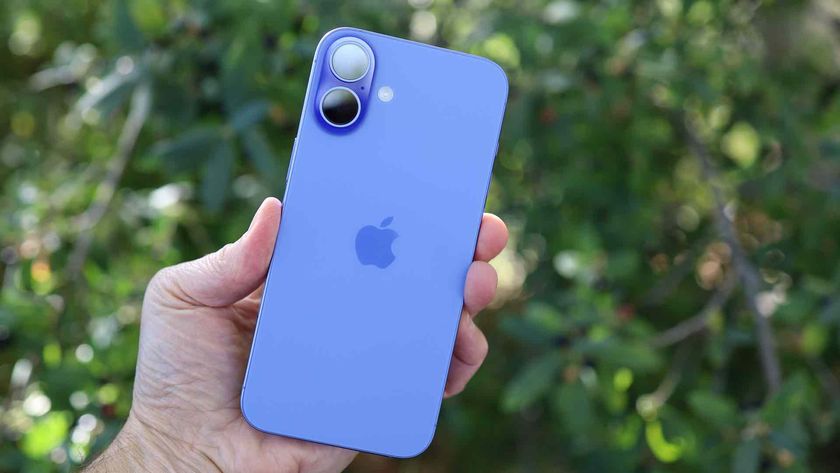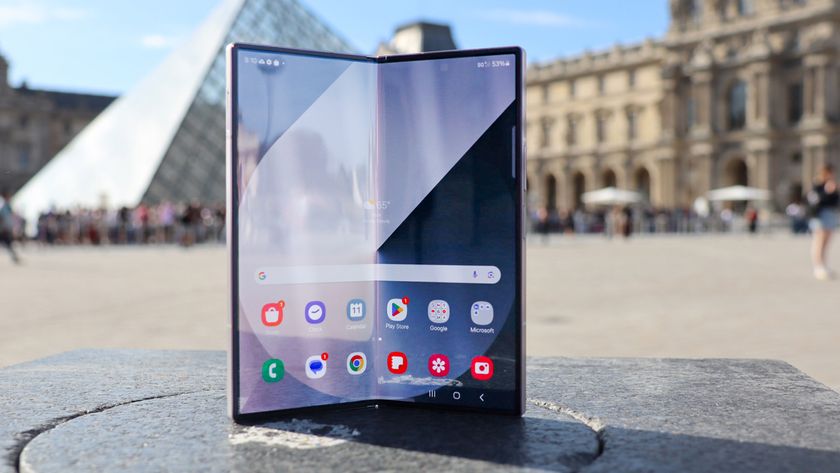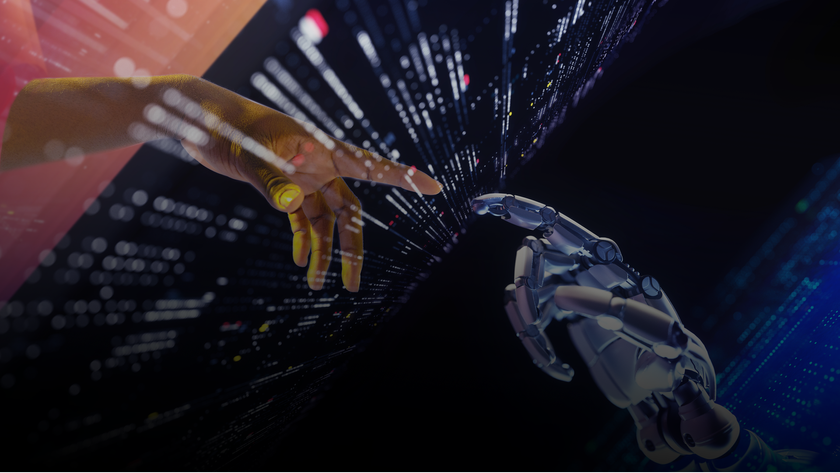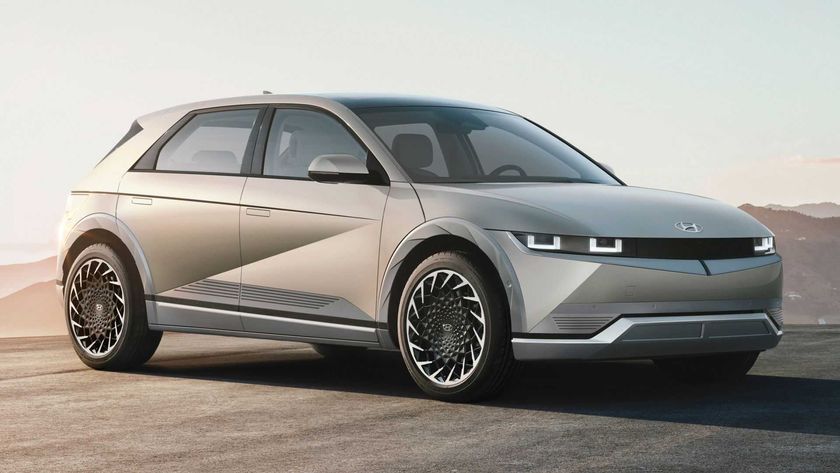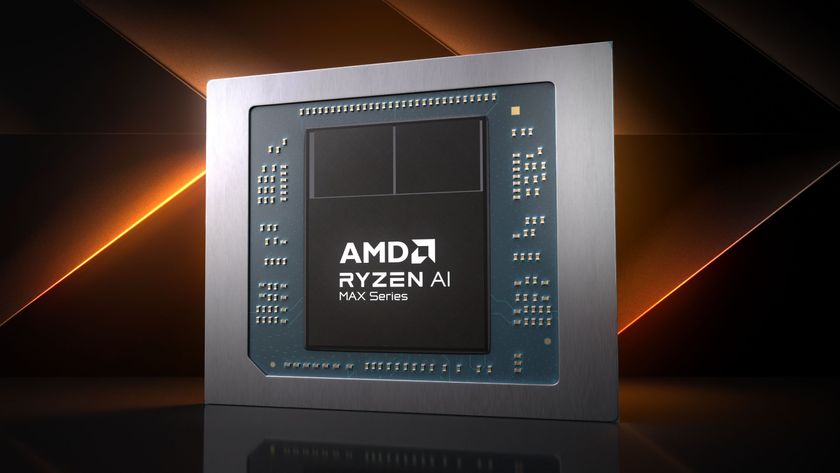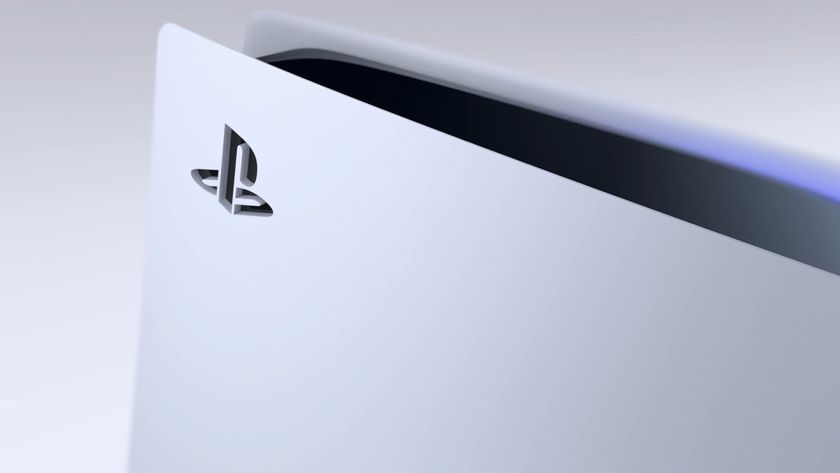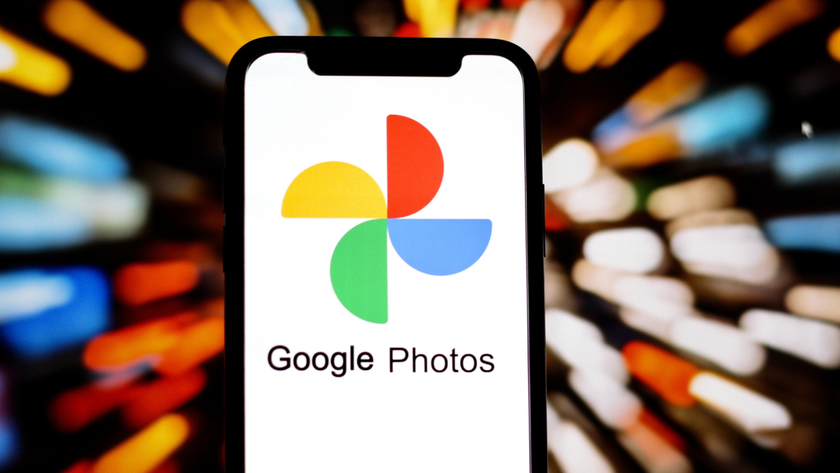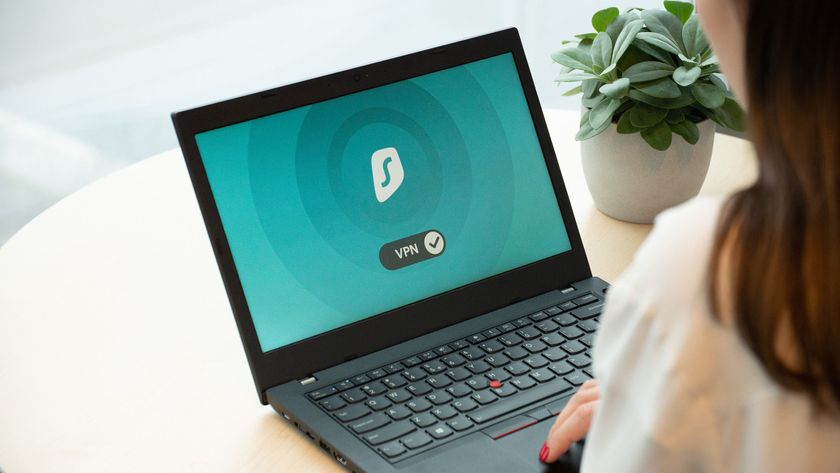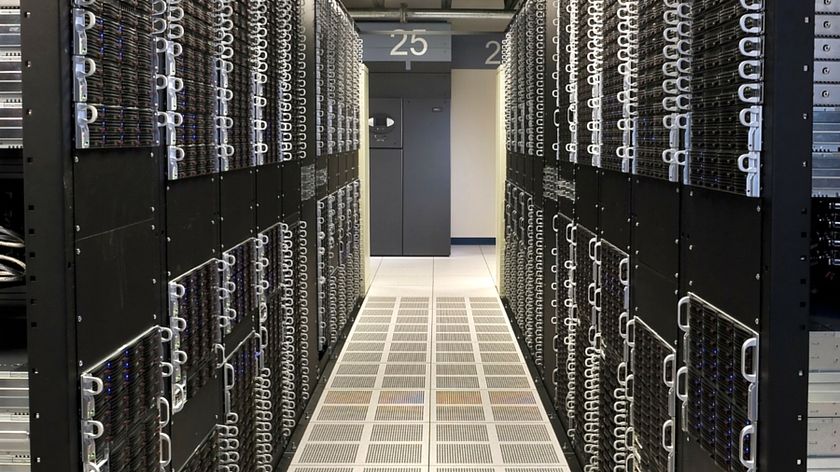iPhone 14 or a future iPad could get a new version of 3D Touch
Improved interactions

There was a time when Apple was pioneering the potential of haptic feedback on its devices, with the likes of 3D Touch on the iPhone and Force Touch on the Apple Watch, but that’s all been abandoned on modern devices. However, a patent suggests a similar new feature might make its way to future ones such as the iPhone 14.
An Apple patent dubbed ‘Devices, Methods, and Graphical User Interfaces for Providing Haptic Feedback’ was published on August 26 and spotted by Apple Insider, and it discusses ways to make haptic feedback more helpful.
By haptic feedback we mean the vibrations you get on the screen during certain interactions, and this patent details possible changes that can make interactions easier or more intuitive.
- Take a look at the best iPhone games
- These are the best iPad games
- And these are the best iPhone apps
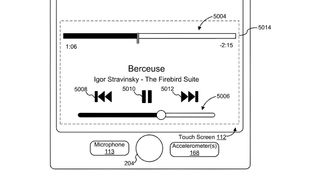
The patent is focused on ways to make it clearer to a user when some sort of touchscreen action has been completed, such as dragging one app over another to create a folder. A haptic response could be used to make it clear when a folder has been created.
Another example given is for haptic feedback to be used when adjusting on-screen volume controls, so perhaps by the intensity of the vibration you could tell how much you’ve adjusted it, or there could be a separate haptic response for each volume level you move through.
It doesn’t seem like this system would necessarily respond to different levels of pressure like 3D Touch did, but it provides a similar focus on haptics to improve on-screen interactions.
The patent also refers to both phones and tablets, as well as other non-specific devices, so we could potentially see this on a lot of Apple products in the future. That said, we wouldn’t count on it – patents don’t always get used.
Get daily insight, inspiration and deals in your inbox
Sign up for breaking news, reviews, opinion, top tech deals, and more.

Analysis: better haptics could also help with accessibility and gaming
While the examples given in the patent seem like they could be helpful for any Apple user, we could see how some of these haptic responses could be especially useful to anyone who’s perhaps visually impaired, with the vibration filling in gaps where their sight fails them.
Improved haptics could also be a big boon to gaming. One of the major advantages of gaming on a console is the vibrations a controller provides, and while haptics will never match the forcefulness of those, they could still help bring you into the game more.
We could imagine future haptics even doing something similar to the PS5’s haptic controller vibration, which can, for example, do a surprisingly good job of imitating the sensation of walking through sand, or being buffeted by wind, all through clever vibrations.
As with controller rumble we doubt a touchscreen implementation would be as intense or quite the same, but it could be a lot better than nothing.
- The iPhone 13 probably won't have this
James is a freelance phones, tablets and wearables writer and sub-editor at TechRadar. He has a love for everything ‘smart’, from watches to lights, and can often be found arguing with AI assistants or drowning in the latest apps. James also contributes to 3G.co.uk, 4G.co.uk and 5G.co.uk and has written for T3, Digital Camera World, Clarity Media and others, with work on the web, in print and on TV.
